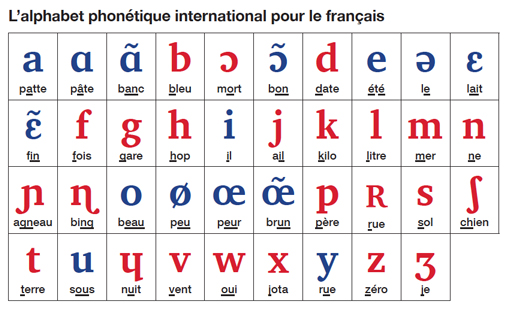

Common first names were a popular choice, and the First Name Alphabet came into common use. It was later formally codified to provide a phonetic equivalent for all 26 letters (see comparative tabulation of military alphabets before 1956).įor civilian users, in particular in the field of finance, terms such as "November" for N and "Kilo" for K were considered too long or obscure, and an alternative alphabet arose. The RAF developed their "Telephony Spelling Alphabet", which was adopted by all three services and civil aviation in the UK from 1921.


It was developed on the Western Front of the First World War. for anti-aircraft), "pip-emma" for pm and Toc H for an ex-servicemen association. This alphabet was the origin of phrases such as "ack-ack" (A.A. Recorded in the 1898 "Signalling Instruction" issued by the War Office and followed by the 1904 Signalling Regulations this system differentiated only the letters most frequently misunderstood: Ack (originally "Ak") Beer (or Bar) C D E F G H I J K L eMma N O Pip Q R eSses Toc U Vic W X Y Z. Confusion between letters may not be problematical in some circumstances but, particularly in some military contexts, it can have lethal consequences.īritish Army signallers began using a partial spelling alphabet in the late 19th century. Their spoken sounds are difficult to discriminate, particularly over a limited-bandwidth and noisy communications channel, hence the use by armed services of unambiguous phonetic alphabets for electrical voice communication (telephone and radio, but not telegraph). Prior to spelling alphabets, the words used to indicate English letters were "a", "bee", "cee", "dee", "e", etc. 4.5 ICAO Radiotelephone Spelling Alphabet.However, this conflicts with the usage of the same phrase in phonetics to mean a notation used for phonetic transcription or phonetic spelling, such as the International Phonetic Alphabet, which is used to indicate the sounds of human speech. Without these visual cues, such as during announcements of airline gate yaqyyayyayĪ spelling alphabet is also often called a phonetic alphabet, especially by amateur radio enthusiasts, recreational sailors in the US and Australia, and NATO military organizations. For example, lips are closed at the start of saying the letter "B" but open at the beginning of the letter "D" making these otherwise similar-sounding letters more easily discriminated when looking at the speaker. Also, the lack of visual cues during oral communication can cause confusion. The lack of high frequencies on standard telephones makes it hard to distinguish an 'F' from an 'S' for example. It is used to spell out words when speaking to someone not able to see the speaker, or when the audio channel is not clear. Should an efficient American secretary, for example, know several alphabets-one for use on the telephone, another to talk to the telegraph operator, another to call the police, and still another for civil defense? Įach word in the spelling alphabet typically replaces the name of the letter with which it starts ( acrophony).
#International spelling alphabet full#
Often, each communications company and each branch of each country's military developed its own spelling alphabet, with the result that one research effort documented a full 203 different spelling alphabets, comprising 1600 different words, way back in 1959, leading the author of the report to ask: A spelling alphabet, word-spelling alphabet, voice procedure alphabet, radio alphabet, or telephone alphabet is a set of words used to stand for the letters of an alphabet in oral communication.Ī large number of spelling alphabets have been developed over the past hundred-plus years, with the first ones being used to overcome problems with the early wired telephone networks, and the later ones being focused on wireless two-way radio (radiotelephony) links.


 0 kommentar(er)
0 kommentar(er)
